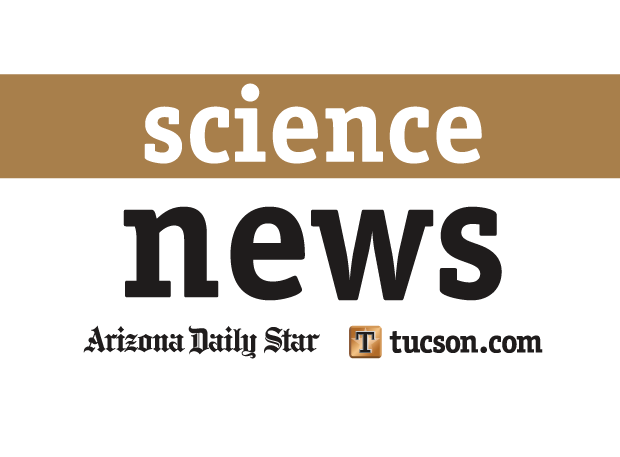Asteroid experts in Tucson, where more than half of the known near-Earth objects have been discovered, spent Asteroid Day trying to tamp down the hyperbole that surrounds the subject.
While the folks who organized the international Asteroid Day say there are “1 million asteroids in our solar system that have the potential to strike Earth and destroy a city,” astronomer Vishnu Reddy puts the overall figure at 700,000 and notes that most reside in the Main Asteroid Belt between Mars and Jupiter, where they don’t threaten Earth.
Ongoing surveys have discovered 14,474 near-Earth objects (NEOs) — including more than 90 percent of the deadliest class of NEOs larger than one kilometer (3,000 feet) in diameter, according to NASA’s Planetary Defense Coordination Office.
Congress has now ordered it to find objects 140 meters or larger and it has found 25 percent of those. Spending on NEO identification and protection has gone from $4 million in 2010 to $50 million in the current budget.
Reddy, a research scientist at the Planetary Science Institute, gave a “Space Drafts” presentation at Borderlands Brewing Wednesday evening, seeking to put the problem into perspective.
Reddy said about 1,700 NEOs can be classified as potentially hazardous, meaning their orbits approach Earth in the coming decades and centuries, though none have yet been found to be on a collision course.
Reddy said more than half the known objects were found by the Catalina Sky Survey, headquartered at the University of Arizona with two telescopes on Mount Lemmon.
Asteroid-Earth impacts are “a low-intensity threat. The great success of the asteroid surveys is that the risk from an asteroid impact has been much better characterized,” said Ed Beshore, who led the Sky Survey before leaving to become deputy principal investigator for the OSIRIS-REx asteroid-sample-return mission, said in an electronic chat posted Thursday on the UA News website that Beshore said.
Reached by telephone at the Orlando airport Thursday, he said risk is a combination of the chance of something happening and the consequences of it.
If a 10-meter asteroid struck Orlando, it would have serious consequences, but the risk is very small. The thunderstorms swirling around Orlando were a much bigger concern to him at the moment, and earthquakes and hurricanes are much bigger risks to life and property. “You need to have a public policy discussion on how you spend our money on these things,” he said.
Asteroid Day is spearheaded by Brian May, the lead guitarist for the rock group Queen, who also holds a doctorate in astrophysics. It was observed for the first time last year on June 30, the anniversary of the Tunguska event, the day in 1908 when a meteor or comet exploded over Siberia, flattening 770 square miles of forest near the Tunguska River.
A growing group of scientists, astronauts and others is circulating a petition asking the world’s leaders to ramp up detection of NEOs by 100 times the current rate.
This year, events were held around the world, with participation by the European Space Agency and NASA.
Tim Swindle, director of the UA Lunar and Planetary Laboratory, said in the UA chat that the chances of an asteroid injuring someone today are “almost zero,” which doesn’t mean we shouldn’t be concerned.
“The chances of an asteroid injuring someone in the next couple of centuries is almost 100 percent. The chances of a devastating asteroid hitting in the next few million years and killing millions or billions are nearly 100 percent if we do nothing, almost zero if we deal with it in a logical way.”
Reddy, who is on the science team for NASA’s Dawn mission to the giant asteroids Ceres and Vesta, said the Asteroid Day campaign brings some welcome attention to the work being done.
“It’s important to have a day to educate and inform about asteroids,” he said. “But it shouldn’t be an alarmist thing.”





